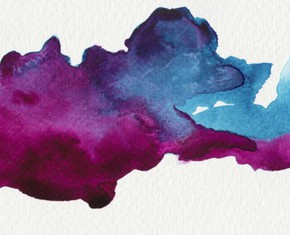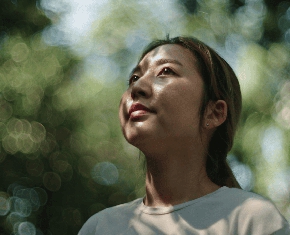The views expressed in our content reflect individual perspectives and do not represent the authoritative views of the Baha'i Faith.
Each year, for the 19 days before the vernal equinox, Baha’is don’t eat or drink anything during the daylight hours. That essentially spiritual practice—called the Baha’i Fast—has enormous benefits.
Baha’is fast once a year for primarily spiritual reasons—but the benefits of fasting aren’t restricted to solely spiritual ones. Scientists have only recently begun to discover the positive, lifelong physical effects of intermittent fasting—of consciously depriving the body of nutrients for a short period of time.
In fact, intermittent fasting has become a major health and dietary trend over the past few years, because it has so many bodily benefits: not only weight loss, but the prevention of heart disease and cancer, reducing inflammation, promoting brain health, guarding against Alzheimer’s, and even extending your lifespan.
Multiple research studies on human and animal populations that intermittently fast have shown they live longer, healthier lives.
But those studies only prove the known physical benefits—the spiritual benefits have changed the lives of millions of Baha’is, including mine.
Personally, I’ve become more conscious of my inner reality, gotten in much closer touch with my soul, and enlarged my sense of empathy by feeling a greater connection to those who go hungry every day around the world. Fasting has helped me become more connected to the spiritual plane by transcending the physical one.
When I first became a Baha’i and began fasting once a year, some people I knew wondered if I had lost my mind. They didn’t understand why anyone would voluntarily choose to not eat or drink while the sun shone, and saw the practice as somehow strange or foreign. Some asked me “Why would anyone voluntarily go hungry?” But today, as knowledge and awareness of the benefits of fasting have grown, I now get asked by friends: “If I wanted to take part in the Baha’i fast, could I do it?”
Yes you can.
Given this increasing level of interest in fasting along with the Baha’is, I thought it might be helpful to outline what the Baha’i fast entails, and let everyone know what it takes to fast with the Baha’is.
Let’s start out by looking at the basics: the Baha’i teachings recommend abstaining from food and drink during the daylight hours for 19 days prior to the first day of spring every year (if you live in the Earth’s southern hemisphere, that would of course be the first day of fall). Why? Baha’is make this annual Fast—instituted by Baha’u’llah, the prophet and founder of their Faith—a prominent part of their overall spiritual practice:
… as the sun and moon constitute the brightest and most prominent luminaries in the heavens, similarly in the heaven of the religion of God two shining orbs have been ordained—fasting and prayer. – Baha’u’llah, The Book of Certitude, p. 39.
… this material fast is an outer token of the spiritual fast; it is a symbol of self-restraint, the withholding of oneself from all appetites of the self, taking on the characteristics of the spirit, being carried away by the breathings of heaven and catching fire from the love of God. – Abdu’l-Baha, Selections from the Writings of Abdu’l-Baha, p. 69.
So for that one 19-day Baha’i month each year, Baha’is all over the world abstain from food and drink during the daylight hours. Children and the elderly, travelers, pregnant or nursing women and those who are ill or engaged in heavy physical labor are exempt from fasting. Of course, like all Baha’i laws, fasting is voluntary—it depends entirely on the individual who observes the Fast.
Baha’is have long experience with this practice, because they’ve fasted this way since the Faith’s beginnings in the 1800s. Many generations of Baha’is have learned that their annual Fast symbolizes detachment from the physical world, develops empathy for the poor and hungry, and engenders the development and growth of the soul.
In the next essay in this series, we’ll explore the physical benefits of fasting by examining the genetic legacy we’ve all inherited.
















Comments
Sign in or create an account
Continue with Googleor